Plants
CNHP tracks the location and condition of over 500 globally and/or state imperiled plants in an effort to guide effective management and protection of those species and thereby prevent extinctions or statewide extirpations of Colorado’s native plant species. We conduct field surveys for rare native plants; design and implement monitoring studies; produce models, best management practices, and conservation strategies; and develop detailed maps for rare plants as well as Colorado State Noxious Weeds. Our team are active members of the Colorado Rare Plant Technical Committee, the Colorado Weed Advisory Committee, the Colorado Native Plant Society and NatureServe. We work closely with botanists and land managers across Colorado to develop the states most comprehensive and accurate dataset of Colorado’s rare flora.
Featured Topics
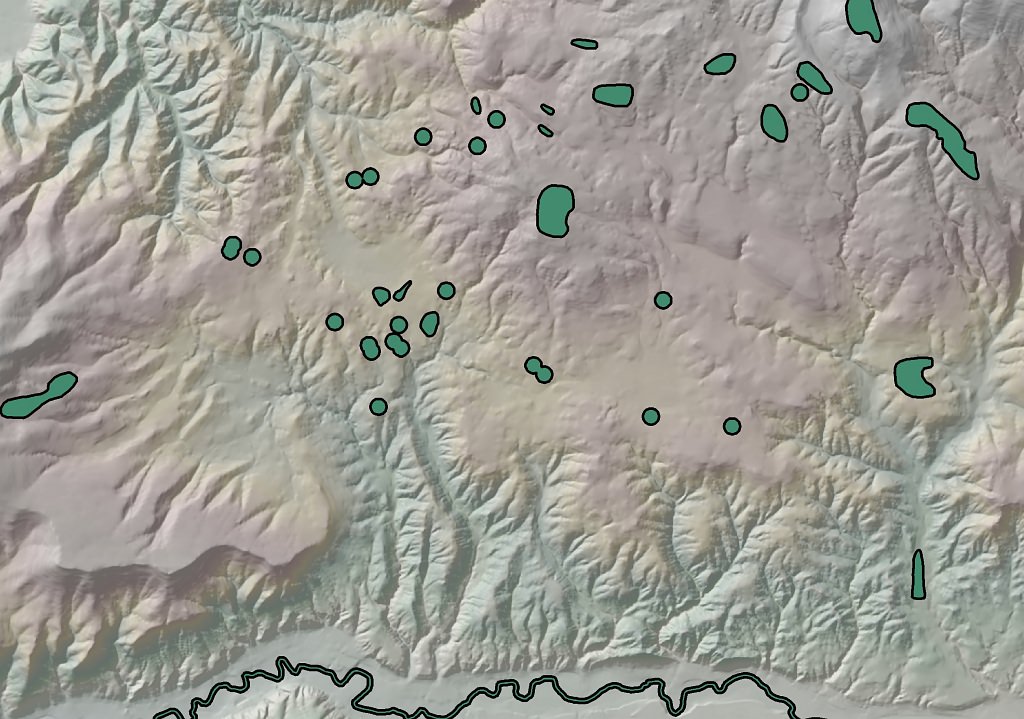
CNHP Element Occurrence Biotics Database of Rare Plants, Animals and Natural Plant Communities
CNHP's database delivers a wealth of information on Colorado's biological diversity, including the location and quality of rare and imperiled plants, animals,and natural plant communities on CNHP's tracking list.
Visit the CNHP Element Occurrence Biotics Database of Rare Plants, Animals and Natural Plant Communities Page
Colorado Rare Plant Guide
An online guide to identifying rare plants in Colorado, complete with photographs, illustrations, habitat descriptions, maps, management issues, research information, herbarium specimen images, and more.
Visit the Colorado Rare Plant Guide Page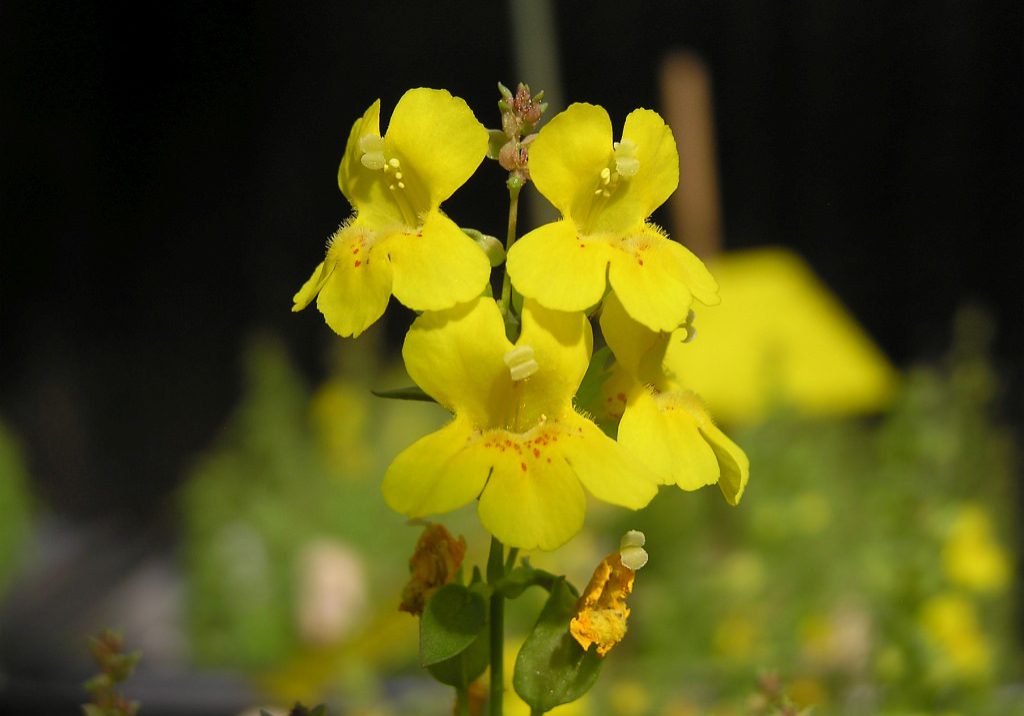
Rare Plant Inventory, Mapping and Monitoring
CNHP conducts extensive surveys to inventory and monitor rare plant populations across Colorado. We have mapped thousands of locations of over 600 plant taxa of concern and have on-going monitoring for many of our rare plant species.
Visit the Rare Plant Inventory, Mapping and Monitoring Page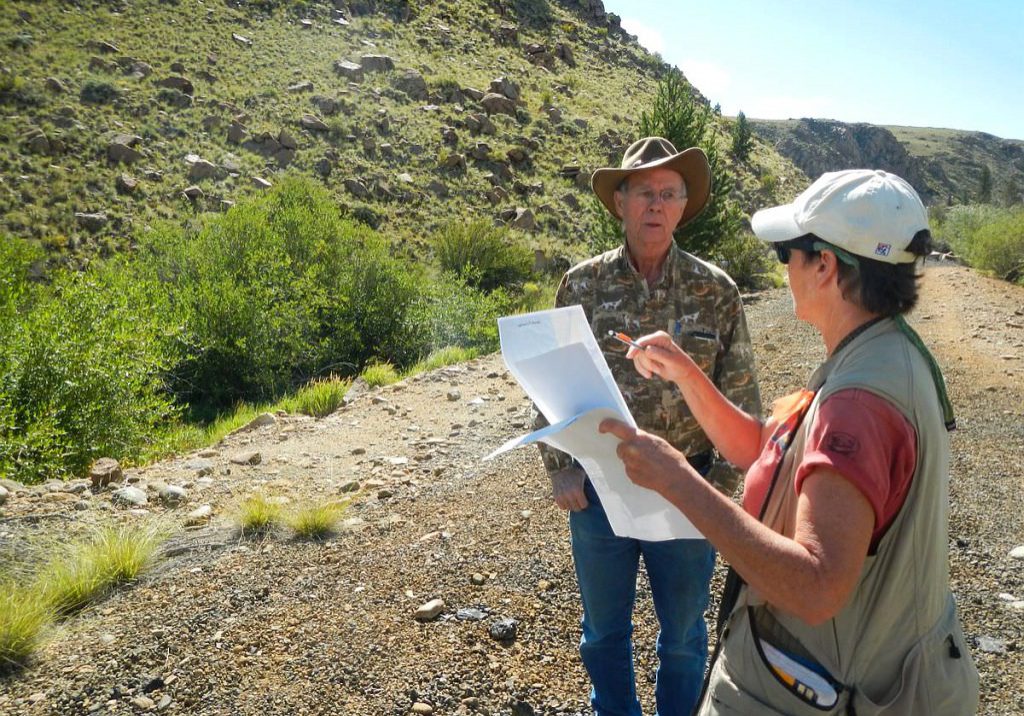
Countywide Surveys of Critical Biological Resources
Since the mid-1990s, CNHP has conducted surveys to locate and track biologically significant plants, animals, and natural plant communities.
Visit the Countywide Surveys of Critical Biological Resources Page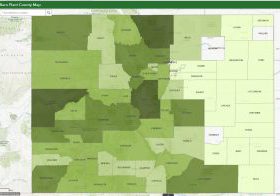
Rare Plant County Map
Get a list of rare plants by county and learn more about the status and distribution of rare plants in each county. Rare plant lists are based on CNHP element occurrences.
Visit the Rare Plant County Map Page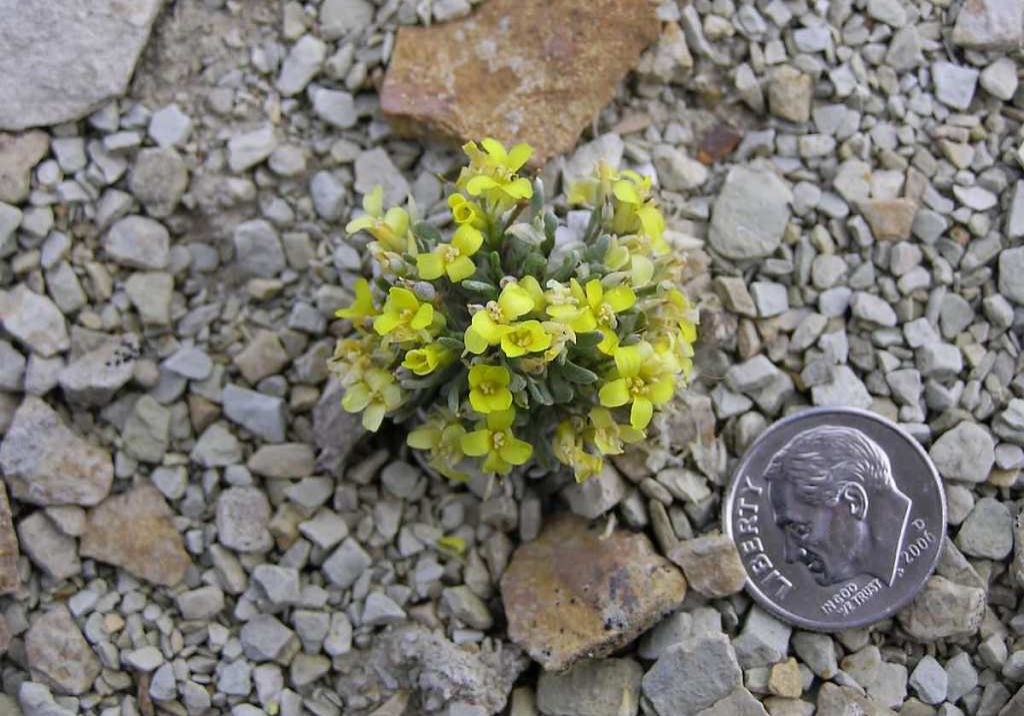
Species Distribution Modeling
CNHP has used a variety of modeling algorithms to produce predictive distribution models, or models of suitable habitat for dozens of plant and animal species, as well as for major ecosystem types in Colorado.
Visit the Species Distribution Modeling Page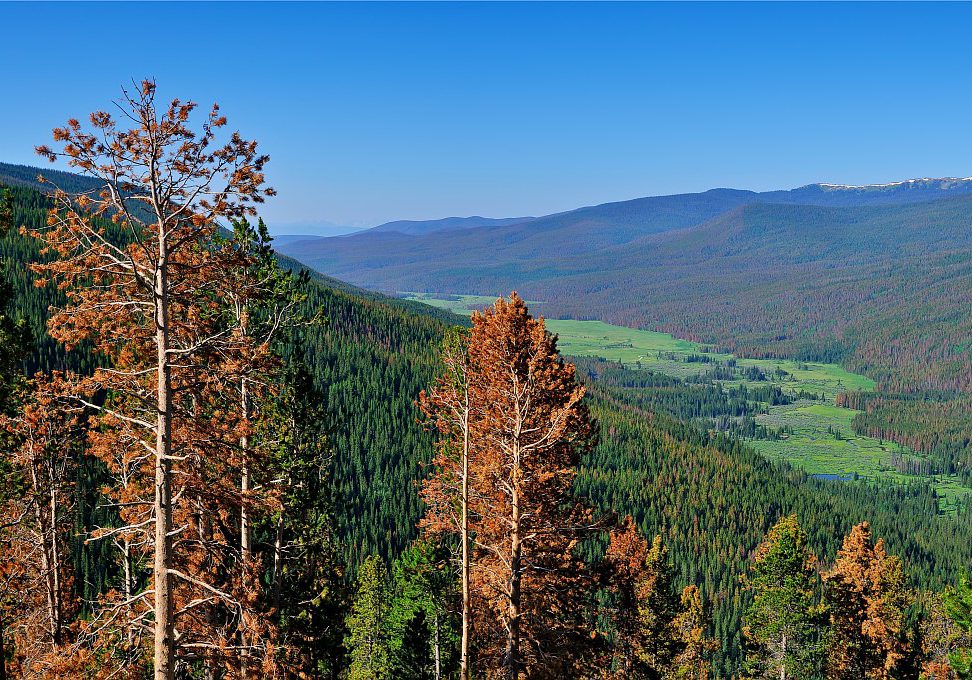
Climate Change Vulnerability Index (CCVI)
CNHP has assessed the vulnerability of over 100 of our rarest plant species, including all the Tier 1 and Tier 2 SWAP species of concern using the NatureServe CCVI.
Visit the Climate Change Vulnerability Index (CCVI) Page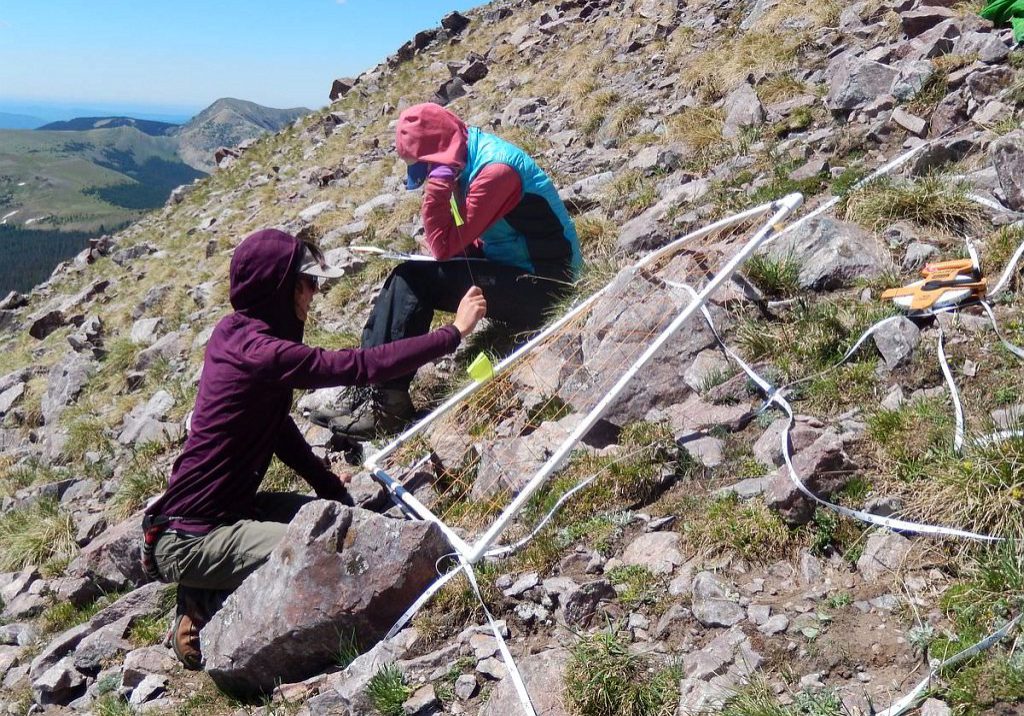
Global Observation Research Initiative in Alpine Environments (GLORIA)
GLORIA is a long-term, global observation network for the comparative study of climate change impacts on mountain biodiversity, specifically plants. CNHP has been involved in establishing and monitoring GLORIA stations in several National Parks.
Visit the Global Observation Research Initiative in Alpine Environments (GLORIA) Page
Floristic Quality Assessment (FQA)
The Floristic Quality Assessment (FQA) method is used to calculate several indices that reflect the condition of a site based on the plant species present. FQA indices provide consistent, quantitative measures of floristic integrity that can be used in any plant community, do not require extensive sampling equipment, and can be applied to existing data sets.
Visit the Floristic Quality Analysis (FQA) Page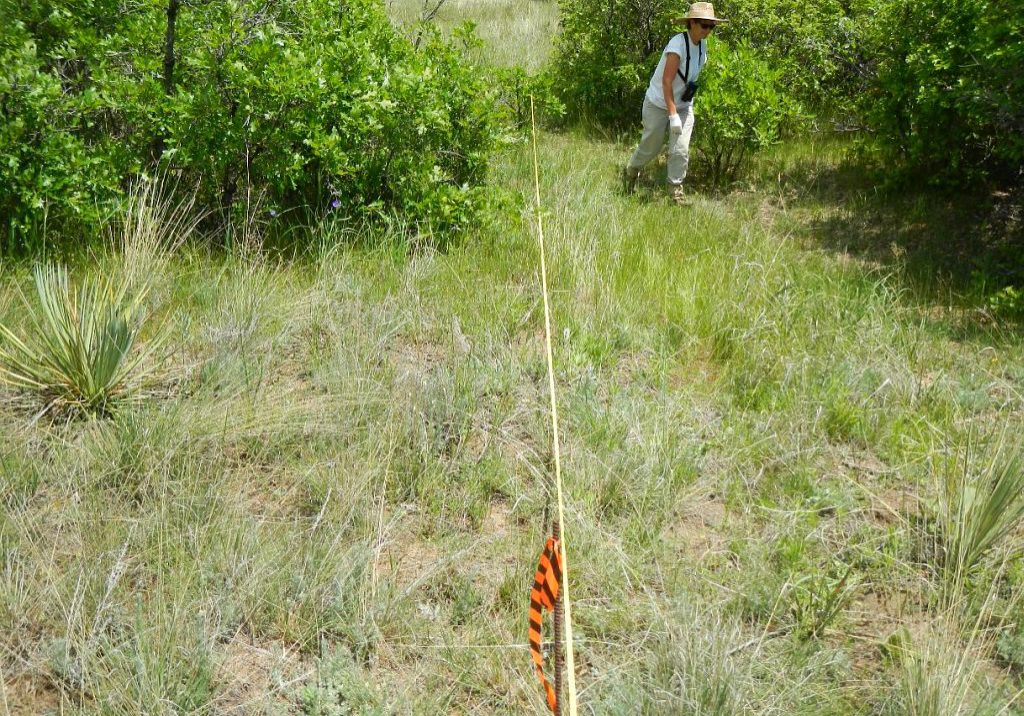
Noxious Weed Inventory, Mapping and Monitoring
Many of Colorado’s native landscapes have been altered by the arrival of plants from other regions of the globe. Maps of invasive plants and long-term monitoring are critical for effective management and protection of native communities. CNHP conducts surveys to inventory, map and monitor noxious weeds across Colorado.
Visit the Noxious Weed Inventory, Mapping and Monitoring Page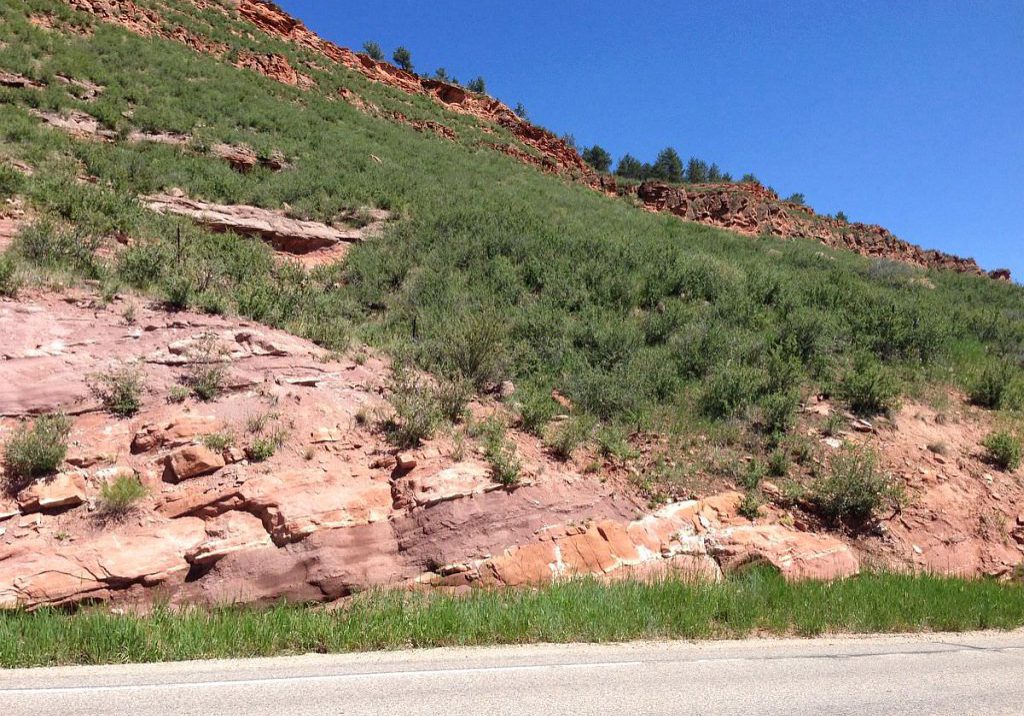
Best Management Practices
CNHP has developed recommended Best Management Practices to help reduce impacts to globally imperiled plants during oil and gas development, weed treatment, and road maintenance activities. The BMPS are applicable to other land uses as well.
Visit the Best Management Practices Page
Colorado's 2015 State Wildlife Action Plan, Appendix A: Rare Plants
CNHP worked closely with Colorado Parks and Wildlife to facilitate the revision of our state wildlife action plan which for the first time included plants and Important Plant Areas that support high quality concentrations of rare plant species. Based on the Colorado Rare Plant Conservation Strategy developed by the Colorado Rare Plant Conservation Initiative, this document identifies Colorado’s Tier 1 and Tier 2 Plants of Greatest Conservation Need, along with their Key Habitats, and Conservation Issues, including climate change.
Visit the Colorado's 2015 State Wildlife Action Plan, Appendix A: Rare Plants Page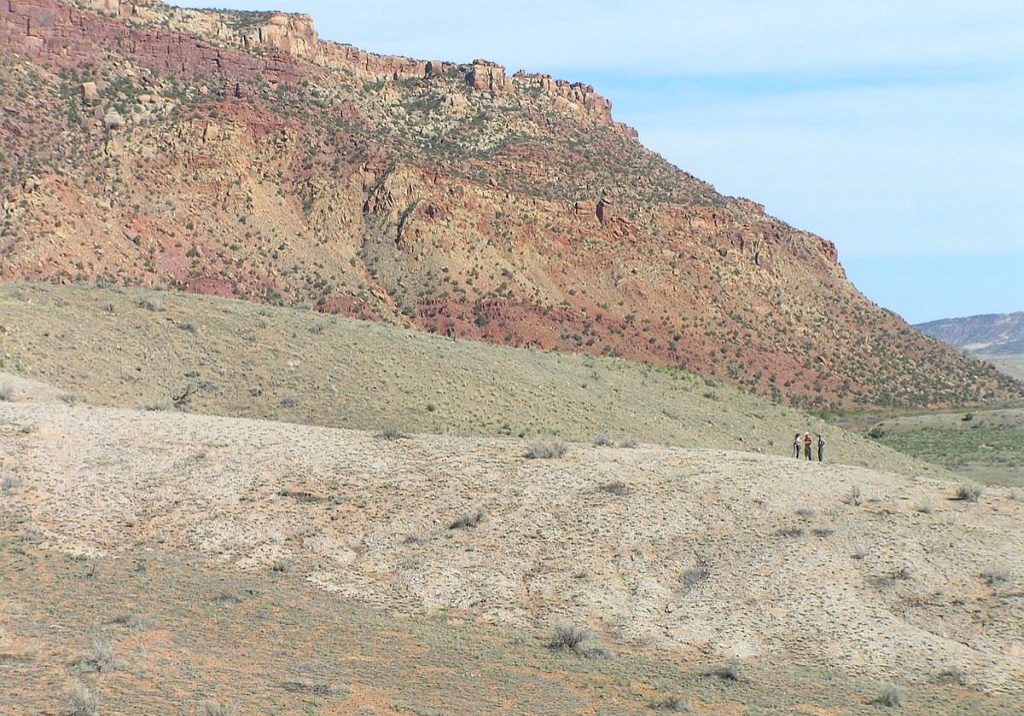
Conservation Action Plans
CNHP has authored and/or co-authored several Conservation Action Plans many of which identify specific conservation strategies for high quality occurrences of rare plant species.
Visit the Conservation Action Plans Page
Technical Conservation Assessments
CNHP has authored many Technical Conservation Assessments to support the Species Conservation Project for the Rocky Mountain Region of the USDA Forest Service.
Visit the Technical Conservation Assessments Page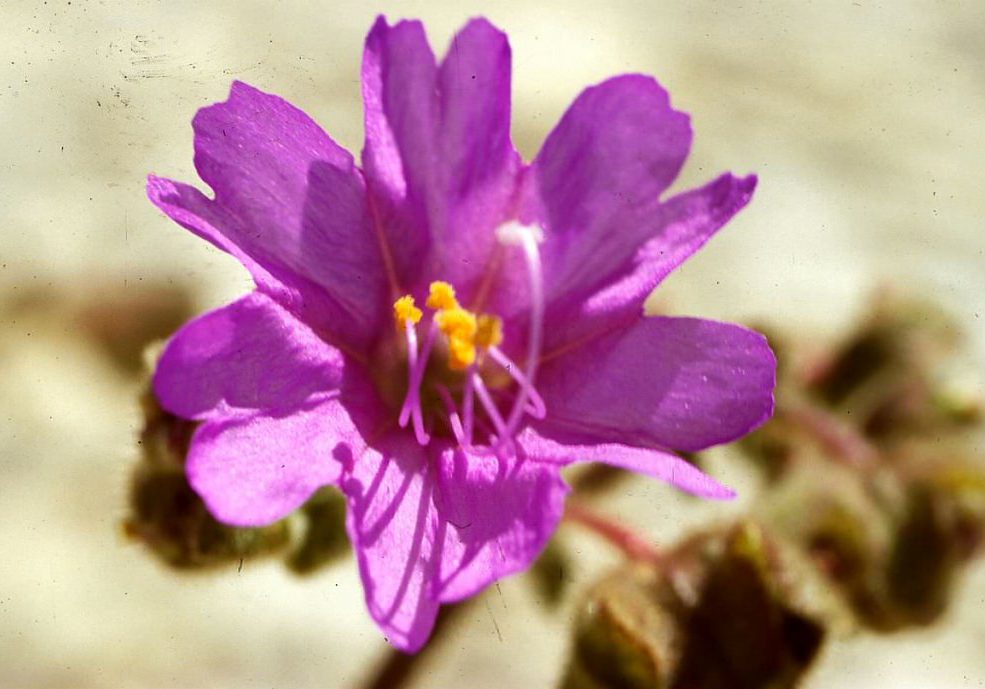
Colorado Rare Plant Symposia
This symposium is held each fall in conjunction with the Colorado Native Plant Society’s (CoNPS) annual meeting, and is hosted by the Colorado Natural Heritage Program (CNHP). The symposium is an annual meeting to address current status and conservation needs of rare plants in Colorado. Annual presentations and meeting notes from past symposia are available.
Visit the Colorado Rare Plant Symposia Page
Colorado Rare Plant Conservation Initiative and Strategy
A partnership of 22 public agencies, private organization and academic institutions who have developed the first statewide strategy to direct and coordinate conservation efforts for Colorado’s globally imperiled plants and their habitats.
Visit the Colorado Rare Plant Conservation Initiative and Colorado Rare Plant Conservation Strategy Page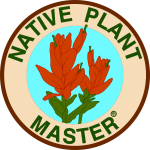
Colorado Plant Database
CNHP and the Colorado Native Plant Master Program are proud sponsors of the Colorado Plant Database. The Colorado Plant Database provides researched-based information on the identification, ecology and human connections for more than 1,000 Colorado native plants as well as non-native invasive weeds.
Visit the Colorado Plant Database Page



